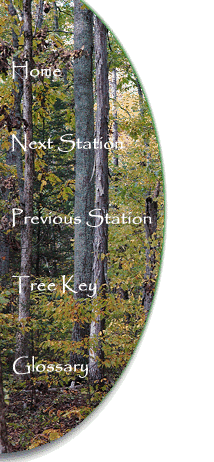| |
|
| |
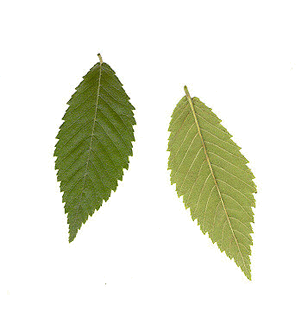 |
| |
Winged Elm Leaf Top & Bottom |
Identification:
The fall color of the Winged Elm Leaves is yellow. The leaves are
alternate,
simple and 1 inches to 3 inches long. They are
darker above than below, and the margin is
asymmetric at the base and
doubly serrate.
Compare the leaf shape
characteristics carefully to that of the Eastern Hophornbeam.
Note the alternate branching on this tree.
| |
|
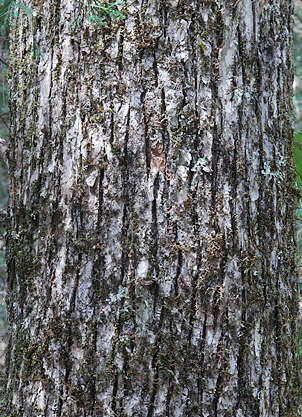 |
|
|
Winged Elm Bark |
The bark of the Winged Elm is
gray-brown, thin and smooth in young trees, with shallow fissures
and long, narrow scaly ridges.
The twigs of the Winged Elm are
gray-brown to red-brown and smooth, with orange
lenticels.
They often have the
corky wings
that give this tree its common name.
| |
|
| |
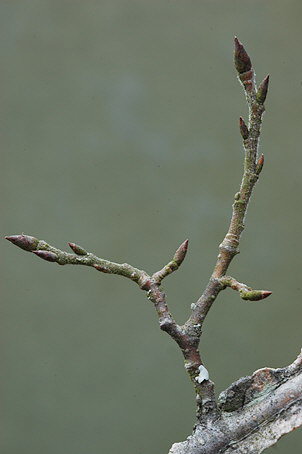 |
| |
Winged Elm Twig and Wings |
Other Uses
and Lore:
The wood of this tree is hard, strong and
close-grained. It has been used for table legs and tool handles.
In times past the inner bark was made into a rope for fastening the
covers of cotton bales.
Many songbirds eat the samaras of the winged elm and
nest among its branches. Deer browse the foliage.
Butterflies
that use it as a host plant include the Comma, the Question Mark and
the Mourning Cloak.
The
Trail From Station Nine to Station Ten
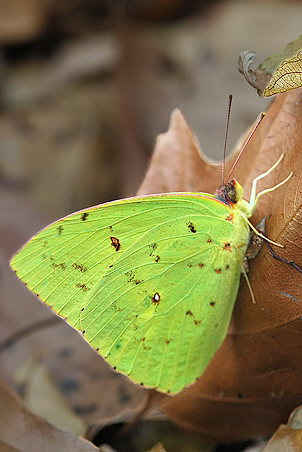 |
| Clouded
Sulphur |
From Station
Nine, the trail descends very slowly. Station Ten will be on
the right side of the trail at a point where the trail again splits.
You will want to take the right fork of the trail, which continues
to the river overlook. Look for late butterflies like this
Clouded Sulphur. They can still be alongside the trail in
November and add another bright spot of color to the fallen leaves.
|
